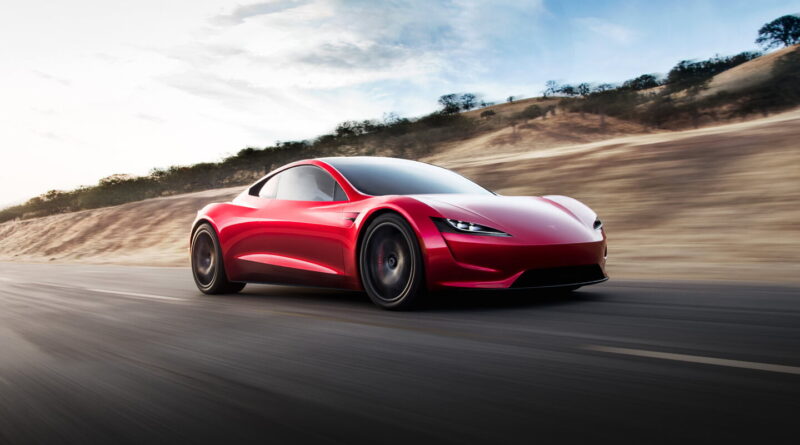High copper prices could slow demand for electric vehicles
According to Wood Mackenzie, prices for copper (along with several other mined commodities) do not reflect fundamentals – the dynamics of supply, demand, stocks, costs and their empirically-observed relationships.
Demand thus far in 2021 is undeniably strong but recovery is usually robust in the bounce-back from recession. Post-pandemic demand will undoubtedly wane, and economic activity will likely slow from 2022.
Interest rates will rise to stave off inflation. Taxes will have to be raised to start to pay down the extraordinary debts built up by governments during the pandemic and quantitative easing will start to be unraveled, albeit slowly.
No doubt ’build back better’ strategies will pick up the growth baton. Demand will be driven higher by the energy transition, for some markets spectacularly so – the key question is how much and how quickly?
Our assessment of demand growth over the next three years highlights the slowdown noted above, as well as a lag in energy transition growth. The speed at which the energy transition can proceed will be determined by the ability of the mining sector to deliver tonnes out of the ground.
Risks to demand from the energy transition are on the upside if supply can meet requirements.
In the short to medium term there is sufficient copper supply to support faster growth in demand. However, record price levels, if maintained, will start to impede that growth.
Looking at electric vehicle (EV) batteries as an example, the holy grail for battery costs is US$100/KWh, to deliver cost parity with internal combustion alternatives. It is assumed that technology and scale will drive battery costs down.
However, what this means is that the proportion of the battery cost determined by commodity prices rises from below 50% to ~70%. Prices for a number of battery metals have moved significantly higher during 2021.
Compared with the average for 2020, cobalt is up 50%, copper by over 40%, while nickel and aluminium are up by close to 30%. If prices remain at elevated levels, or indeed move higher still, this means that battery costs will not fall as far and as fast as predicted and indeed may actually rise.
What’s more, if forecasts of sustained even higher prices are realised this could slow demand for EVs on economic grounds.




